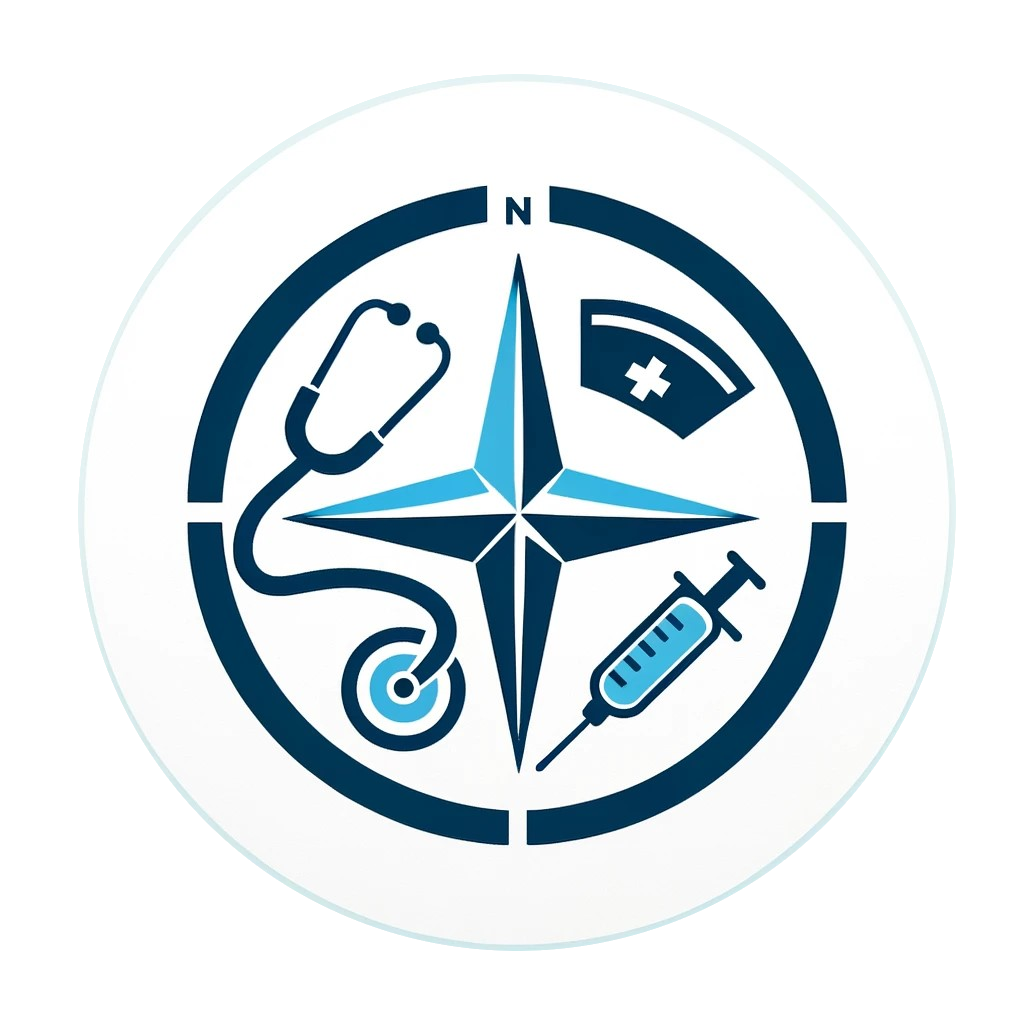Care Plan for Anaphylaxis Management
Category: Allergy/Immunology
Assessment
Patient presents with difficulty breathing, swelling, and a rapid drop in blood pressure following exposure to an allergen.
Diagnosis
Risk for ineffective airway clearance related to severe allergic reaction.
Goals
Patient will experience relief from anaphylactic symptoms. Patient will demonstrate understanding of the importance of carrying an epinephrine auto-injector and avoiding known allergens.
Interventions
Administer epinephrine immediately as per emergency protocol. Monitor vital signs and respiratory status closely. Educate patient on the proper use of an epinephrine auto-injector. Provide information on identifying and avoiding known allergens.
Rationale
These interventions help manage life-threatening symptoms, ensure patient safety, and educate on prevention.
Evaluation
Patient's symptoms and understanding of emergency response will be monitored to evaluate the effectiveness of interventions.
🚀 Interactive Learning Tools
Select specific medical categories for targeted practice
Browse Categories💡 Study Tips for This Care Plan
Use the acronym COPD: Chronic Obstructive Pulmonary Disease - remember it's progressive
Practice breath sound identification with audio resources
Study oxygen therapy guidelines for different patient populations
Always connect nursing interventions to their scientific rationale
Practice writing SMART goals: Specific, Measurable, Achievable, Relevant, Time-bound
⚠️ Educational Care Plan Notice
This care plan is for educational purposes only and represents general nursing concepts.
All care plans must be individualized based on:
- Individual patient assessment and current condition
- Healthcare provider orders and facility protocols
- Current evidence-based practice guidelines
- Nursing scope of practice in your jurisdiction
Do not use as direct patient care instructions. Always follow your facility's policies, physician orders, and professional nursing judgment.
